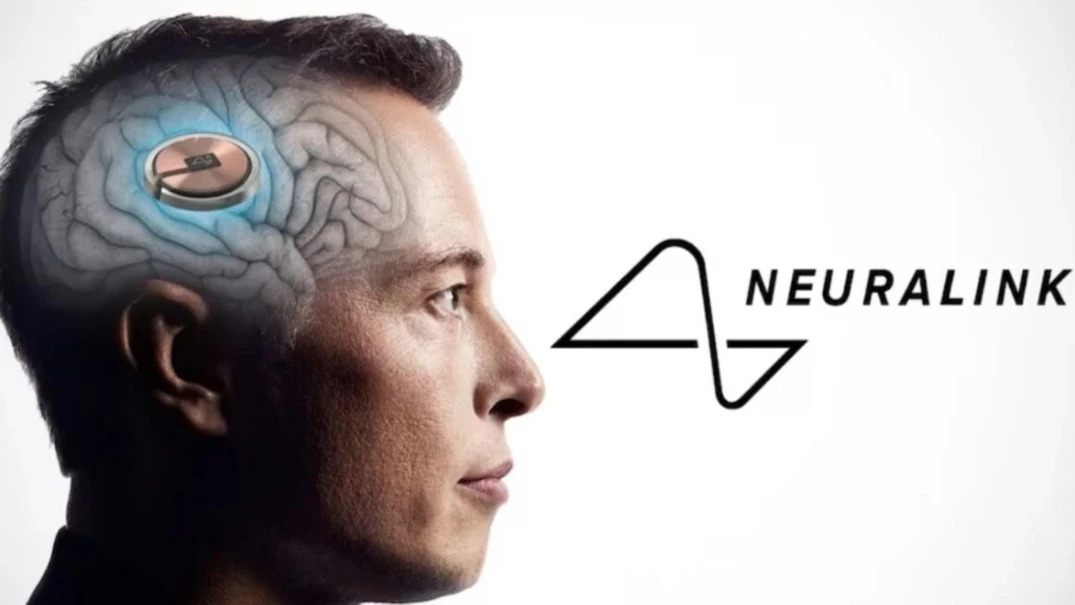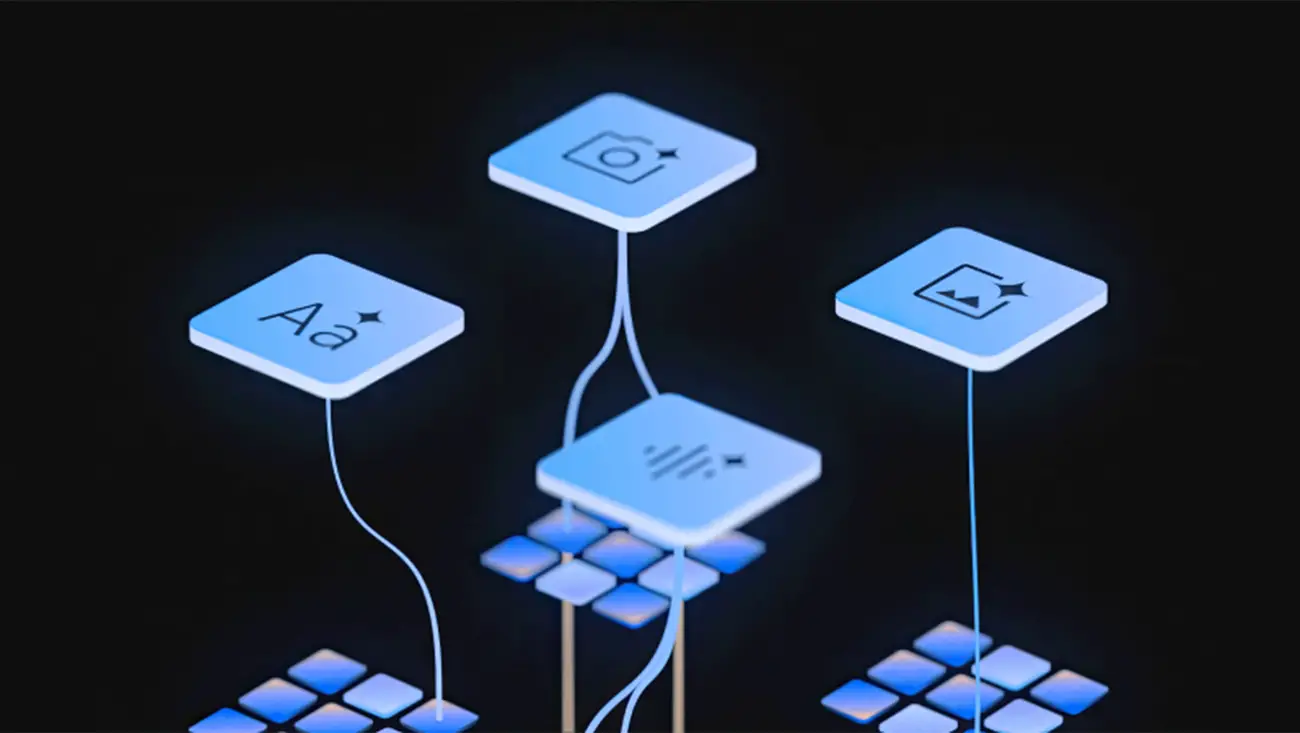Electric Vehicles: The Future of Clean Transportation
By Vinius M Muthii | October 04, 2023
With the current surge in petroleum prices, an increasing number of people are turning to electric vehicles (EVs) as a cleaner alternative. The environmental consequences of car emissions have already begun affecting our planet, making it clear that EVs are a critical part of the future of transportation. However, before making the switch to an EV, it's important to grasp the underlying technologies. In this article, we'll delve into the fascinating world of electric cars and their technologies.
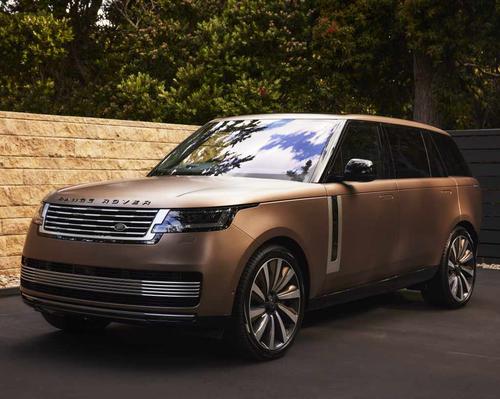
How Electric Cars Operate
Batteries
At the core of every electric vehicle lies its battery. Electric vehicles have forward and backward gears, just as automated vehicles. They function by storing electrical energy in rechargeable batteries.Once the battery is adequately charged, the vehicle is ready for use.
Most modern EVs rely on lithium-ion batteries due to their efficiency, high energy density, and relatively low weight. These batteries are engineered to deliver a specific voltage and capacity, with voltage remaining constant while capacity determines the driving range.
Unlike traditional cars, EVs lose charge at a much slower rate, allowing them to remain charged even if not used for several days or weeks.
How Electric Motors Drive Electric Cars
Electric motors act as the driving force in EVs, converting electrical energy into powerful mechanical motion. This conversion is achieved through the generation of electromagnetic fields when electric current flows through the motor's coils, resulting in the rotation of the rotor.
Electric motors are renowned for their ability to generate instant torque, which translates to rapid acceleration and energy efficiency.
Inverters are employed to convert DC power to AC power, managing the frequency and amplitude of the AC power to control both motor and vehicle speed.
Regenerative Braking
One unique feature of EVs is regenerative braking. During braking, the inverter reverses the motor's operation, turning it into a generator. This process converts kinetic energy back into electrical energy, which is then sent to the battery for storage.
This remarkable feature enhances energy efficiency and extends the driving range of EVs.
Types of Electric Cars
Hybrid Electric Vehicle (HEVs)
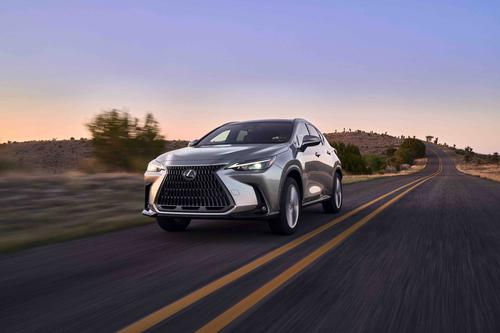
HEVs combine an electric motor with an internal combustion engine (ICE). They recharge their small battery through regenerative braking and use the electric motor to assist the gasoline engine, enhancing fuel efficiency. Unlike other EVs, HEVs don't require external charging as their batteries recharge while driving.
Plug-in Hybrid Electric Vehicle (PHEVs)

PHEVs also feature both an internal combustion engine and an electric motor. Unlike HEVs, they have a larger battery and can be charged externally, offering the flexibility to operate on either gasoline, electricity, or both.
PHEVs give more flexibility for longer trips because they can travel up to 100km before their gas engines kick in.
Battery Electric Vehicles (BEVs)

BEVs are fully electric vehicles with rechargeable batteries, lacking a fuel engine entirely. They utilize large battery packs to power electric motors, providing driving ranges typically ranging from 250 to 600 kilometers. BEVs produce zero exhaust emissions, making them environmentally friendly.
Charging Infrastructure
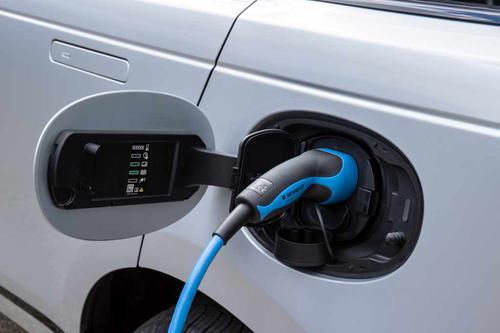
The acceptance and usability of electric vehicles are greatly facilitated by charging infrastructure. Let's explore the various types of charging stations:
Residential Charging Stations
These are plug-in charging stations put in private residences and homes. EV owners can charge their vehicles while they are parked overnight or for a prolonged period of time. The most common types of residential chargers are Level 1 or Level 2 chargers, which offer slower charging speeds but are practical for daily usage.
Public Charging Stations
Public charging stations can be found in places that are open to the public, such as parking lots, malls, and highways. They provide a range of charging options, such as DC fast chargers and Level 2 chargers. Longer travels require public charging stations, which are also a necessity for drivers without access to home charging.
DC Fast Chargers
DC fast chargers, also known as Level 3 chargers, provide rapid charging by delivering direct current (DC) power to an EV's battery. They are typically found in urban areas and along highways, enabling quick charging stops during lengthy journeys.
Electric vehicles represent a technological advancement, offering efficient, environmentally friendly, and enjoyable transportation. Understanding the technology behind electric cars empowers consumers to choose the model that best suits their needs and contributes to the fight against climate change.
To stay updated, subscribe to our newsletter and follow us on social media.
Never miss Technological Updates
Subscribe to our Newsletter
Join our Community
Follow us on social media to stay connected and engage with our vibrant tech community:











